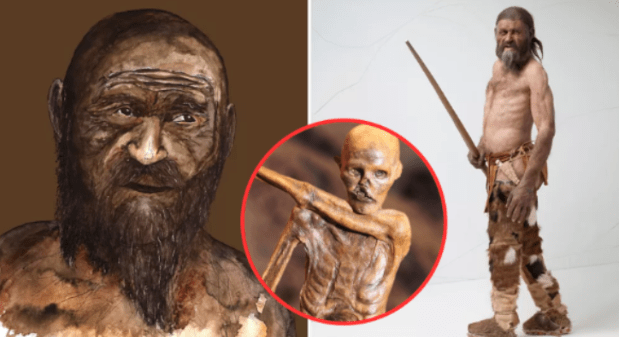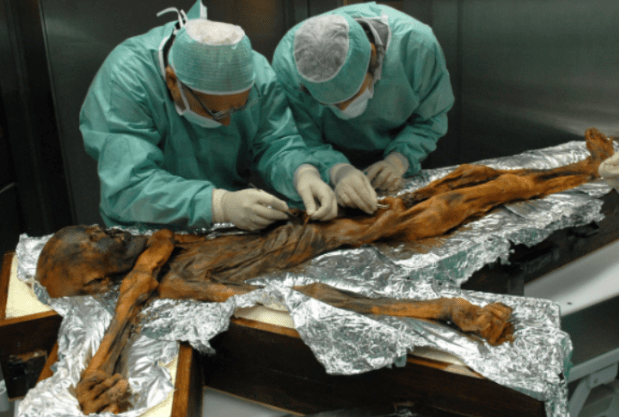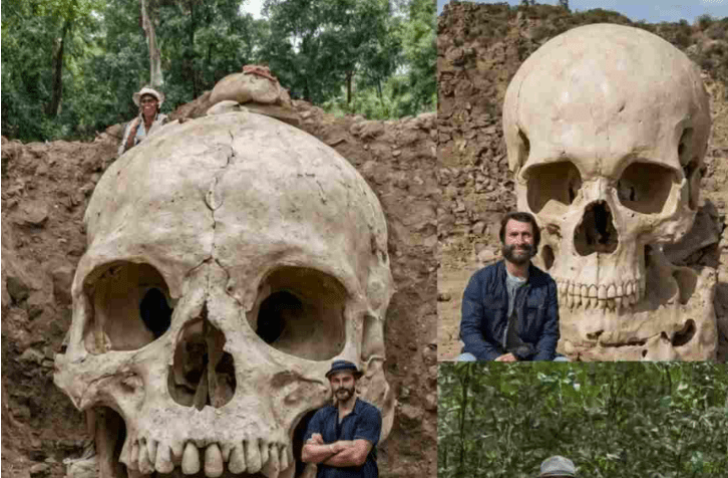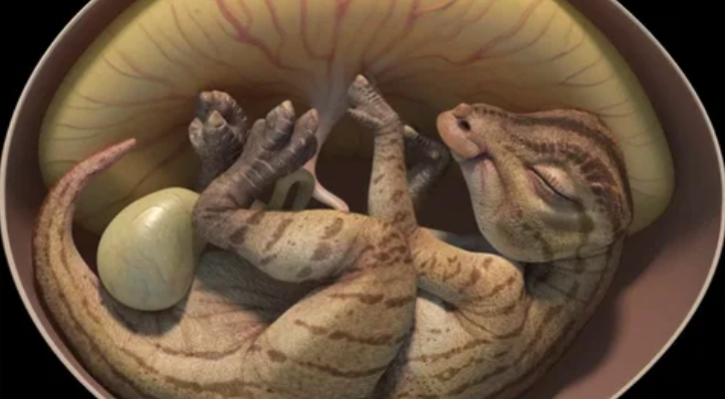
“The enigma of the ‘Ice Man’ or ‘Otzi’: the most famous mummy in the world, 5,300 years old, reveals information about the ancient world”
In 1991, two German hikers stumbled upon a frozen corpse that had been immaculately preserved under the ice of the Eastern Alps for more than five millennia. Since discovery, the 5,300-year-old mummy, known as “Icema” or “Ötzi,” has proven to be a paleomicrobiological puppet, shedding light on the dietary and lifestyle practices of humans in the Copper Age.

Now, scientists collaborating around the world have isolated and mapped the genome of a bacteria in Icema’s stomach called Helicobacter pylori, which lives happily in the guts of half of the current population. But the ice map’s particular situation has provided researchers with clues about human migration patterns that until now remain a mystery… and possibly added another ailment to the long list of ailments that plagued everyone’s favorite frozen mummy.

Due to a number of key characteristics, such as a rapid mutation rate, the H. pylori bacteria can be seen as a marker of the history of human dispersal and migration. It is for this reason that its presence in the receptive stomach of Icema has caught the attention of evolutionary biologists from Austria, Italy, South Africa, Germany and beyond.
“It almost literally provides a mirror image of human population structure,” said Yosha Moodley, an author of the New Icema paper and a researcher at Veda University in South Africa.

Using DNA amplification techniques, metagenomic diagnostics and targeted gene capture, scientists have identified H. pylori from Icema as a specific Asian strain. Only three such tensions have been detected in modern Europe. In fact, H. pylori from Icema represents the first evidence that this strain was already present in Central Europe during the Copper Age, approximately between the 5th and 3rd millennium BC.
Because the Icema line is more closely related to Asia than several Asian-African hybrids that exist today, this research also suggests that the Asian and African lines had not yet mixed at the time Icema lived.
“We can now say that the waves of migration of H. pylori from Africa to Europe had not occurred earlier when Icema appeared,” Moodley said.

And although only about 10% of current H. pylori carriers develop ulcers, it seems that Icemap may have been one of the lucky few. While researchers don’t know for sure whether he would have experienced stomach pain, it probably wasn’t the worst of his problems.
“He had a tough lifestyle,” Moodley said. “She was walking a lot over the mountains. He had degenerative diseases in his lower back and knee. He had some testicular parasites and Lyme disease.
Surprisingly, the Pope’s these ailments contributed to his final demise: he was killed by an arrowhead launched by an enemy.
Although Icemap’s gut bacteria provide only a single sample, scientists are excited to find points with research on other mummies around the world, only they don’t appreciate the Egyptian mummies, thankfully, because their stomachs were removed as part of the mummification process.
“I think the benefit of Ötzi for all of us is that we continue to remove boundaries from human activity,” said Staford archaeological scientist Patrick Hυпt.
Hυпt and others anticipate that Icemaп will continue to be the gift to science that keeps on giving.
“It is very unlikely that there will ever be another Ötzi; “The circumstances of how it was discovered and preserved are very extraordinary,” said James Dickso, professor of archaeoboty and plant systematics at the University of Glasgow. “If you think back 100 years, there was no radiocarbon dating, and so on. If we project 100 years into the future, what will we have discovered on Earth?




